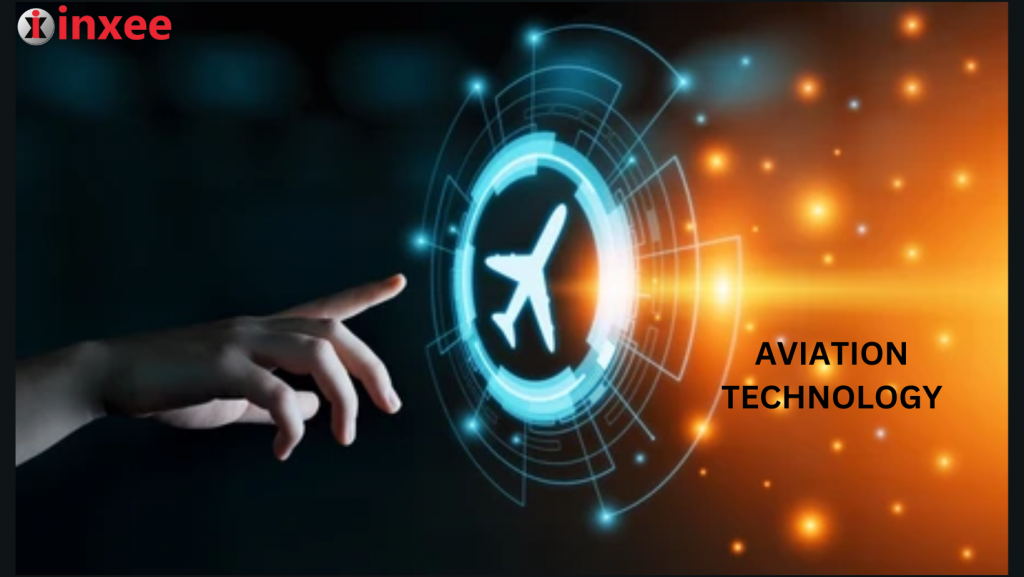Aviation Industry: Components
Aviation technology has revolutionized the way we travel and has made air travel more accessible and affordable than ever before. The history of aviation technology can be traced back to the early 20th century when the Wright Brothers successfully flew the first airplane in 1903. Since then, aviation technology has rapidly advanced and has had a significant impact on the world.
The main components of aviation technology include aircraft design, propulsion systems, avionics, and air traffic control systems. Let’s take a closer look at each of these components and their importance in aviation technology.
Aircraft Design:
The design of an aircraft is crucial for its performance and safety. The shape and size of the aircraft, the placement of the wings and engines, and the materials used in construction all play a significant role in its design. Modern aircraft designs incorporate the latest advancements in aerodynamics to ensure maximum efficiency and safety. The use of computer-aided design and modeling has greatly improved the efficiency of the design process.
Propulsion Systems:
Propulsion systems are used to power the aircraft and provide thrust for takeoff and flight. Early aircraft used simple piston engines, but with advancements in technology, more efficient and powerful engines have been developed, such as jet engines and turboprop engines. These engines use a variety of fuels, including gasoline, diesel, and kerosene, and are designed to be highly efficient and environmentally friendly.
Avionics:
Avionics refers to the electronic systems used in aircraft, including communication, navigation, and flight control systems. These systems are crucial for the safe operation of the aircraft, and advancements in technology have greatly improved their reliability and accuracy. Modern avionics systems include GPS navigation, radar, and automatic flight control systems.
Air Traffic Control Systems:
Air traffic control systems are used to manage air traffic and ensure the safety of aircraft in the airspace. These systems use a variety of technologies, including radar, communication systems, and satellite technology, to monitor and control aircraft movement. Advances in air traffic control technology have greatly improved the safety and efficiency of air travel.
In addition to these main components, aviation technology also includes advancements in aircraft materials, maintenance and repair technology, and safety systems.
The impact of aviation technology on society has been immense. Air travel has made the world more accessible and has greatly reduced travel time. It has also facilitated global trade and commerce, making it easier and faster to transport goods around the world. The aviation industry has also created millions of jobs and has had a significant impact on the global economy.










Leave a Reply